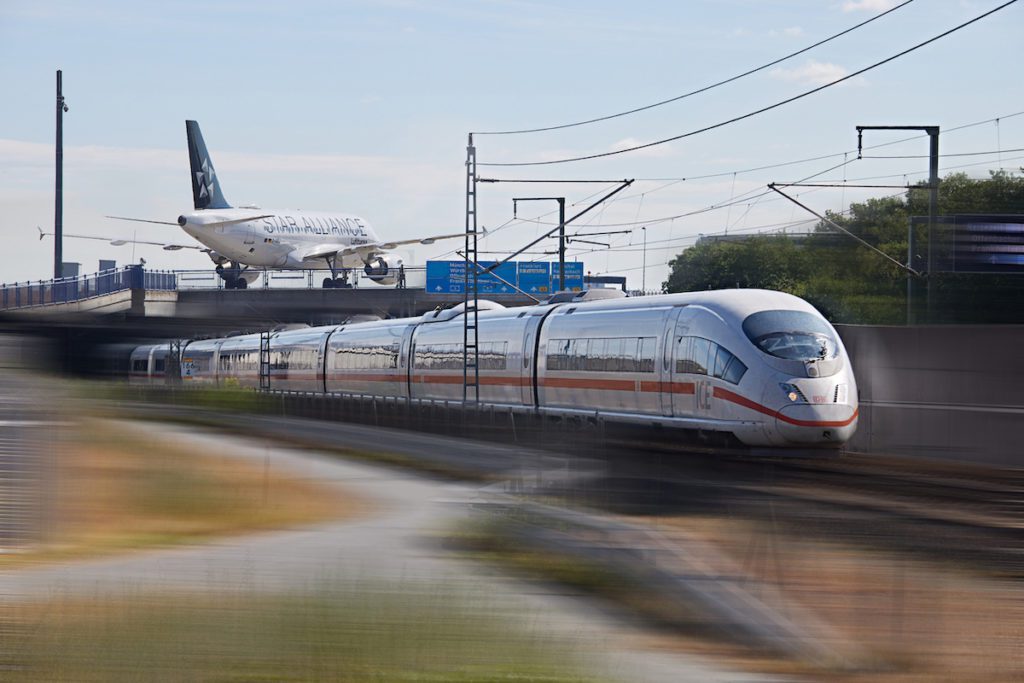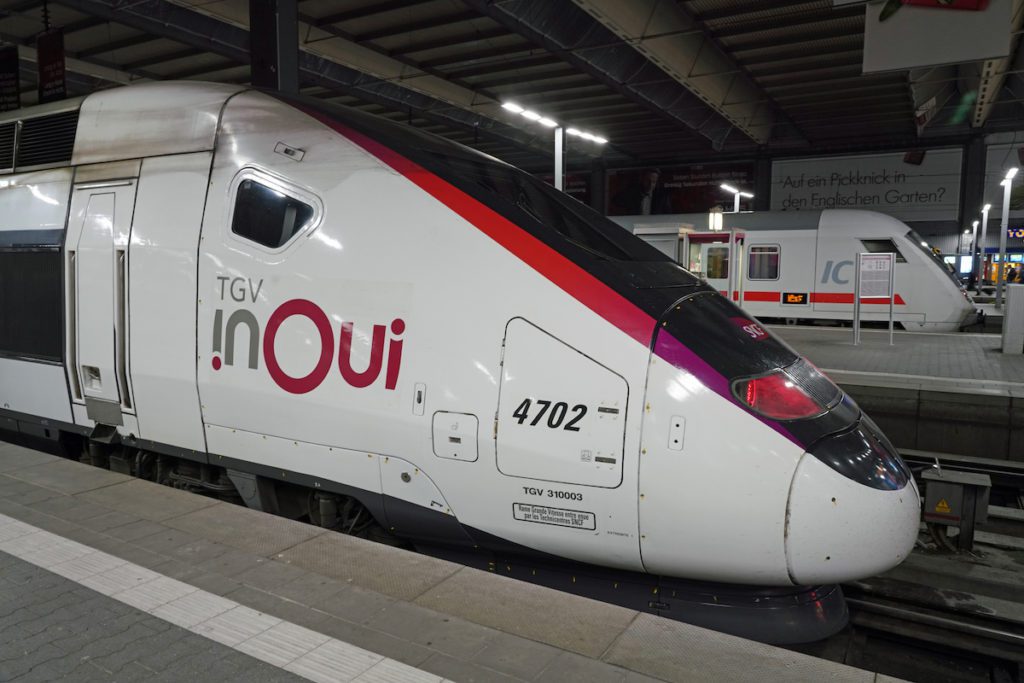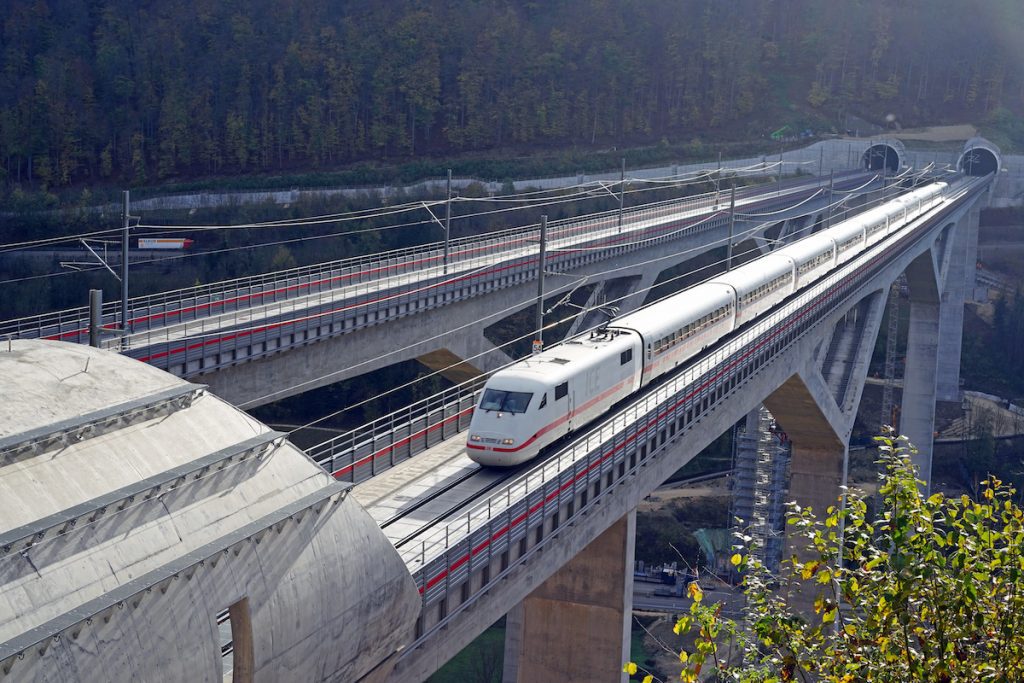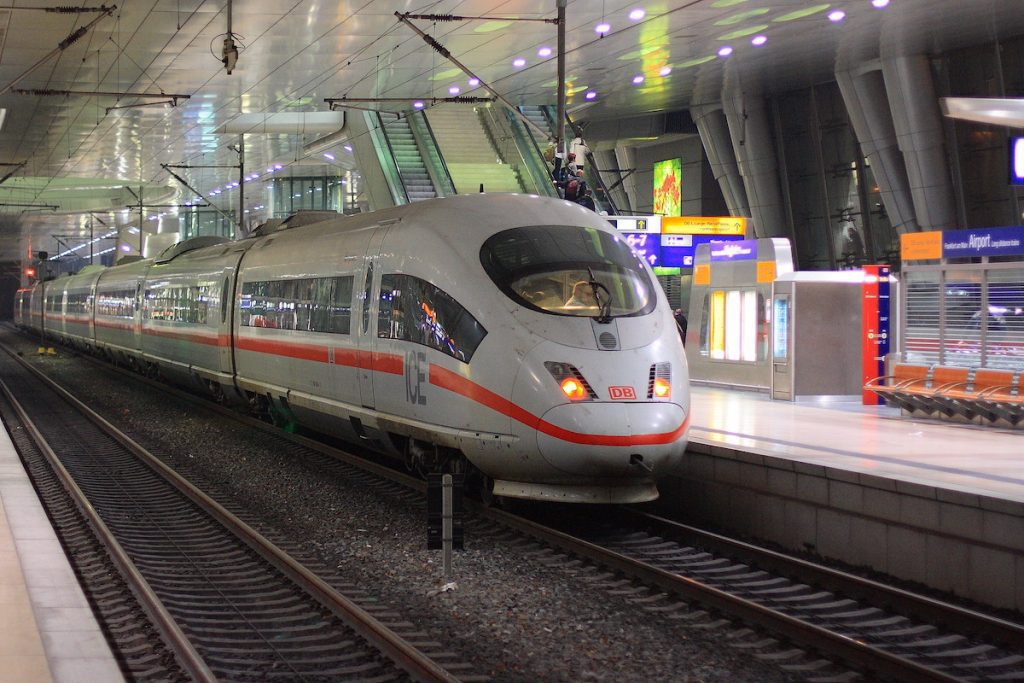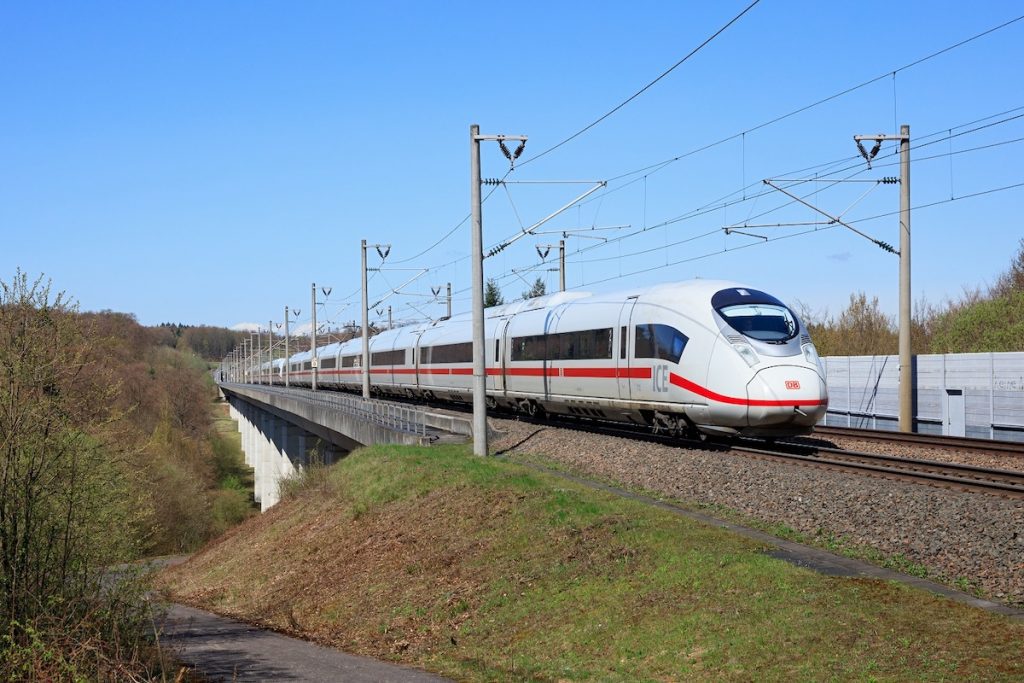German rail operator Deutsche Bahn expects a very good year in 2023. Ridership on its long-distance trains is forecast to be “well over” 150 million passengers, exceeding the peak before the pandemic of 150.7 million riders, CEO Richard Lutz said Thursday.
But while that outlook shows the strong demand for travel and resilience of rail in the post-pandemic world, it also highlights the limits of Deutsche Bahn’s network — once a leader in Europe. On-time performance of its long-distance trains dropped to a historic low of 65 percent as travelers flooded back, the operator said. For comparison, 76 percent of Deutsche Bahn’s trains were on time in 2019 when they carried 12 percent more riders.
Lutz used the operational situation to call for Germany to “change course and approach the renovation and modernization of [rail] infrastructure in a completely different way.”
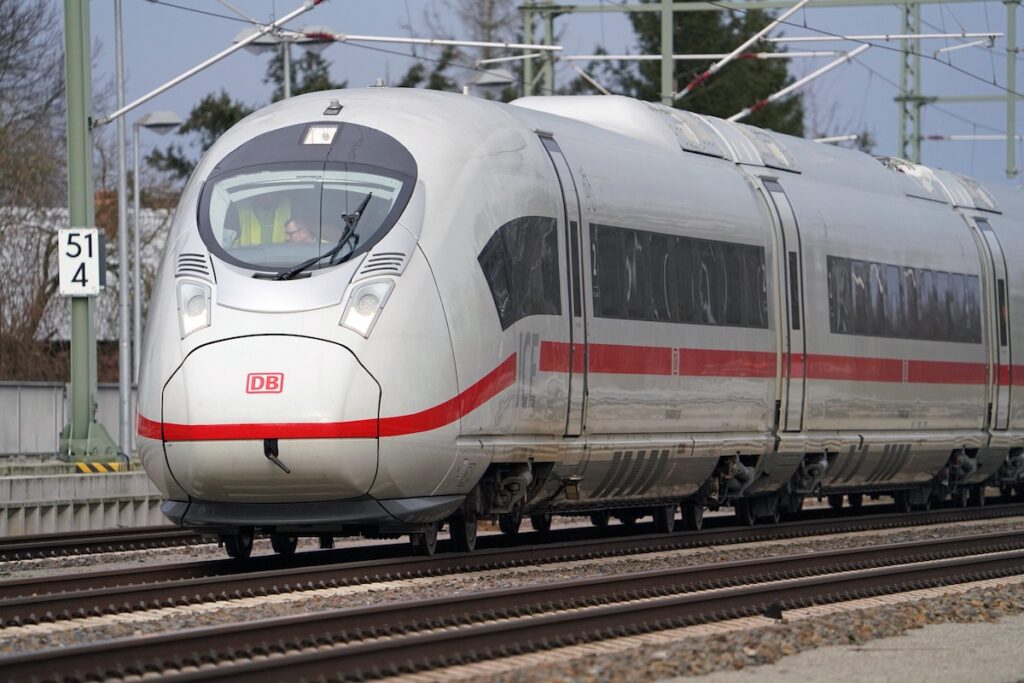
Last year, Deutsche Bahn carried 132 million travelers on its long-distance trains. While still below pre-pandemic levels, ridership hit records during the summer — when the so-called 9 euro ticket on local and regional trains attracted people in droves to the system — and over the Christmas holiday. The operator opened a new high-speed rail line on a section between Stuttgart and Munich, and introduced new high-spreed trains, dubbed the ICE 3neo, in December. Deutsche Bahn also signed on as the Star Alliance’s first intermodal partner, and saw an increase in the number of passengers connecting between trains and planes.
“Climate-friendly mobility is booming,” Lutz said. “The demand is right and is currently growing strongly. This spurs us on to become better for our customers as quickly as possible – because Germany deserves a railway that is more efficient and punctual.”
